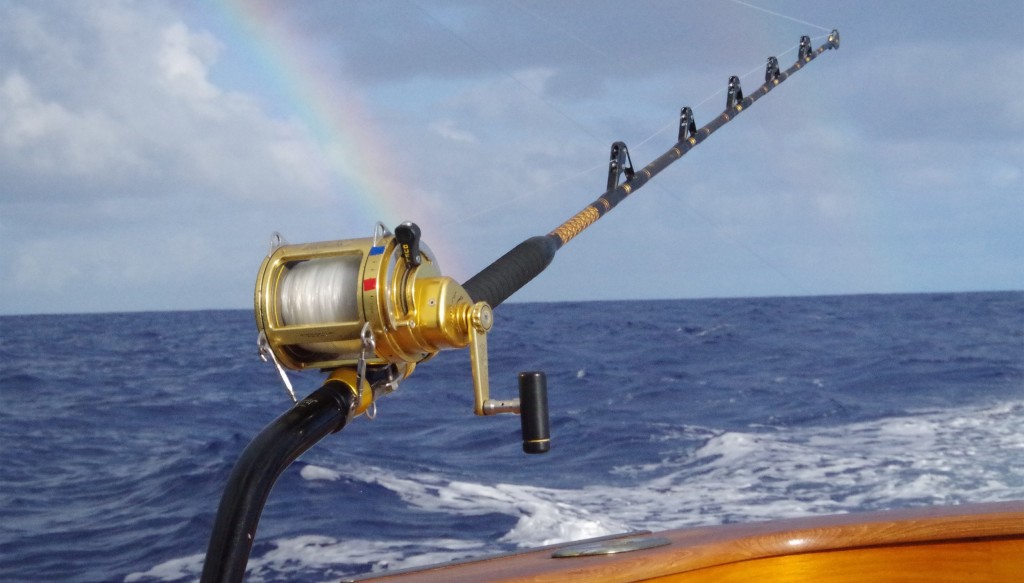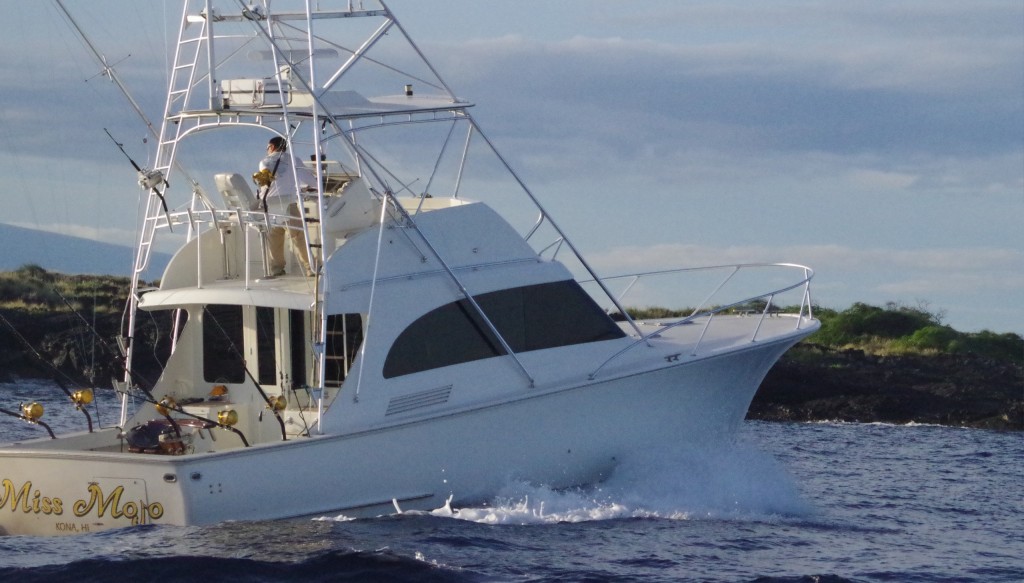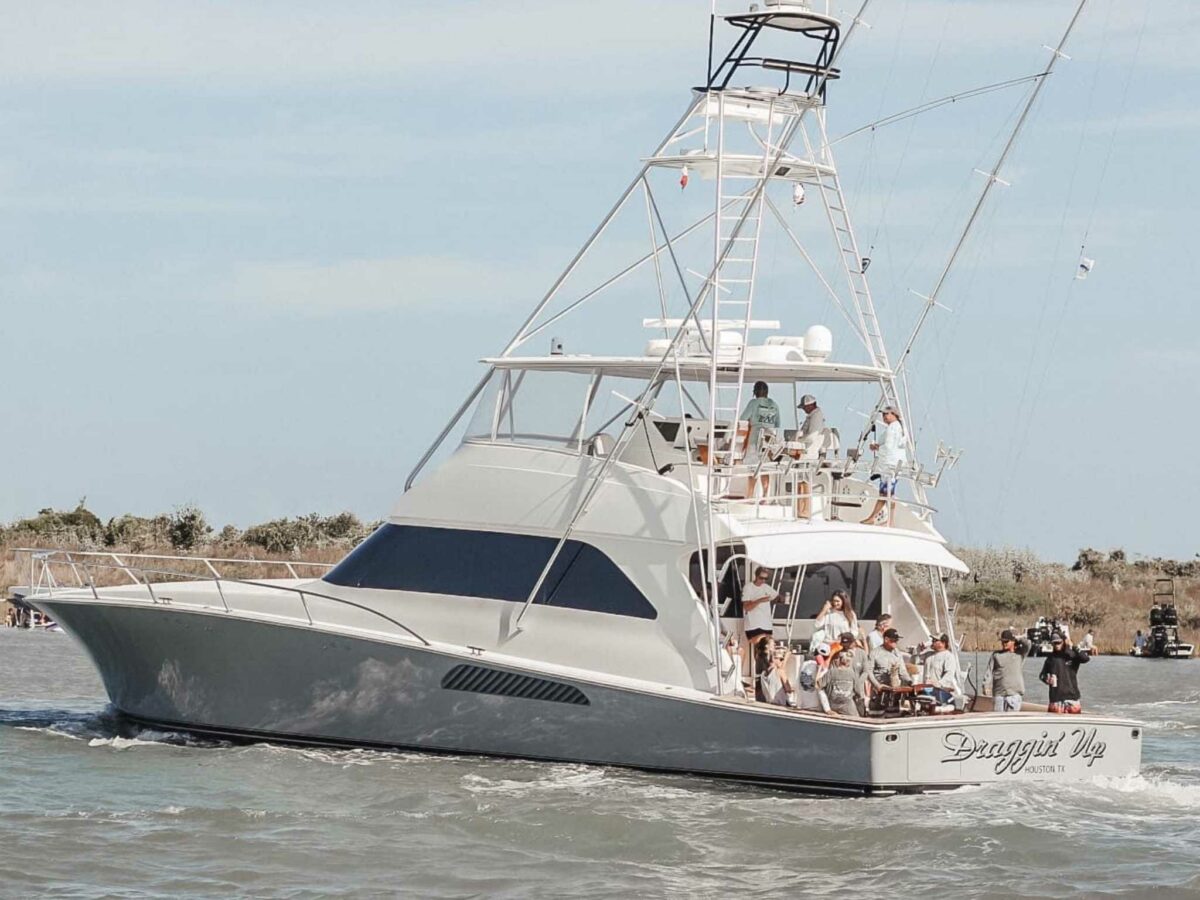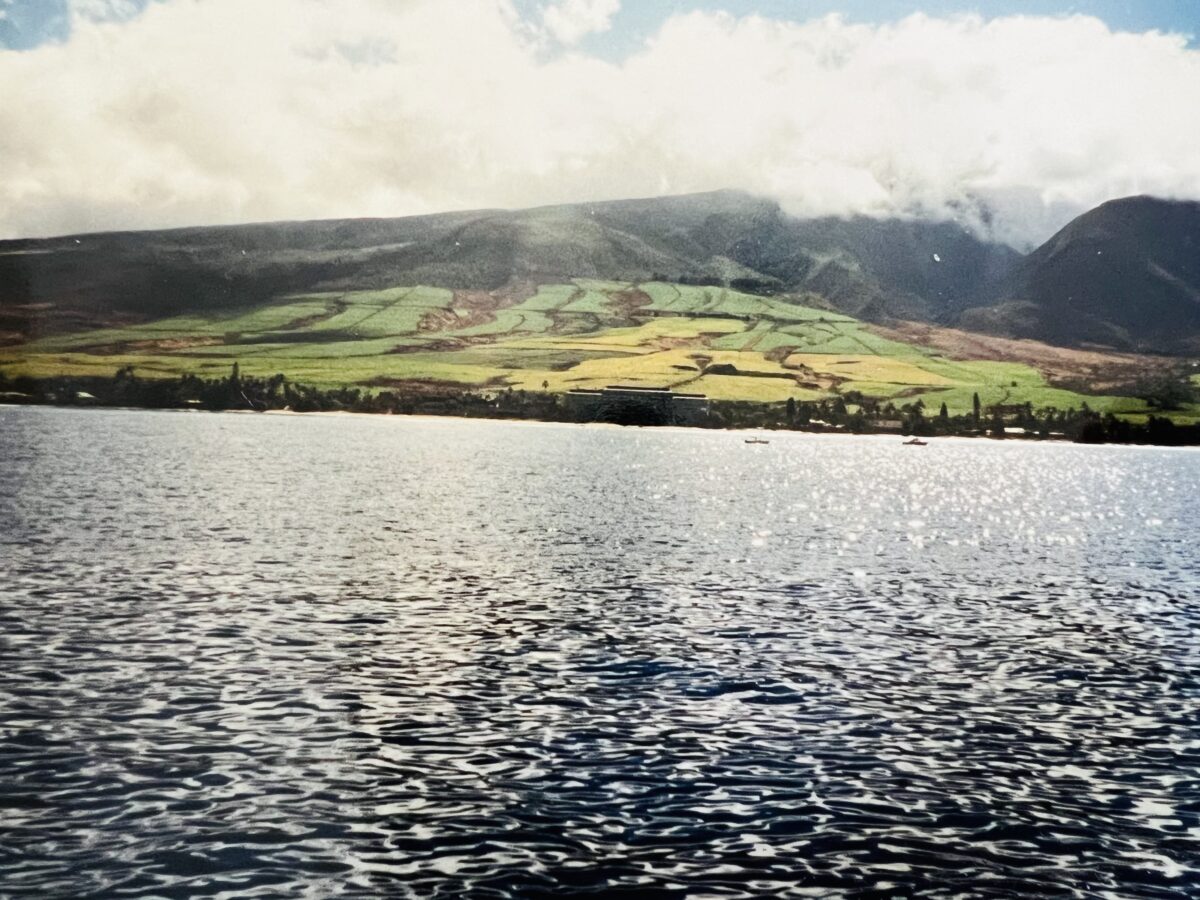
ITB Staff
While it has been years since most places in the world succumbed to the dink ballyhoo revolution, Hawaiian captains still proudly pull plastic. In some of places where lures still appear, their selection is haphazard¦the old, Grab that one over there and throw a hook in it type thing. In Kona, lure fishing is equal parts science and applied engineering with a healthy dose of aesthetic appeal mixed in.

The scientific approach to lure fishing makes sense. Many of the lures used around the world were designed here”some by captains still fishing out of Kona. Many captains still make their own pulling lures (producing a batch whenever they need some themselves”keeping some, selling a few others). The number of craft lure makers among the charter fishing docks in Kona is many.
And where mates in other places might spend the ride out rigging dredge mullet or swimming ballyhoo, Kona mates will meticulously adjust hook sets to match the day conditions. Hook up for slant heads, hook down for everything else.

Gorilla Fishing
The global domination of dink fishing has been accompanied by the prominence of smaller and smaller high-performance reels, fitted with strong drags and hundreds of yards of braid. Kona has largely been immune from this. Hawaii, along with perhaps Bermuda, the Great Barrier Reef and Nova Scotia, is one of the last strong holds of the 130.
Big fish and deep water have spawned a saying that we heard more than a couple times, Theyre big reels but sometimes they are not big enough,” says Captain Gene Vanderhoek who is credited with four grander blue marlin here”and he has released another.
We had a father and son fishing with us. They wanted to catch a big tuna on 30-pound. We caught them one, and they wanted to put the 30 back out. There had been a good class of fish around”a grander had already been caught. I suggested that we stick to the 130s as a very special opportunity could present itself, Vanderhoek begins. We put out the 30 as a shotgun. A little while later, a grander came up and guess what it ate? It looked to be 1,100-pounds¦I warned them.
There is more than a bit of charm to watching lures bounce behind the boat, cockpit equipped with four hooked 130s. This type of charm emanates from the fact that, statistically speaking, a day fishing in Hawaii has a greater chance to produce the largest blue marlin youll ever catch than do most places. Any bite can be that bite. Most captains seem to prefer to remove chance from the equation, 130s spooled to the brim.

Getting to Kona
When considering travel to Hawaii, you can think about it this way, considering two scenarios.
Scenario One”Four Days of East Coast Marlin Fishing: Say you live in a spot on the East Coast and plan to go marlin fishing for four days. For the sake of argument, let assume that the ledge or canyon you are targeting is 75 miles from the dock and that you come and go from the dock each day (no overnighters). Let further assume that your boat cruises 25 knots and that there is no travel time between your house and the dock. Your total travel time for four days of fishing is 24 hours”three hours out and three hours back each day”six hours total per day, for four days.
Scenario Two”Four Days of Kona Marlin Fishing: Say you live in the same place on the east coast and decide that instead of marlin fishing out of your place, you decide to fish four days out of Kona. Assume that you decide not to cheap out on plane tickets and book a trip that includes one layover. You fly from the east coast to LAX and then to Kona. Your total travel time each way is 12 and a half hours. Next you factor the run time out of Kona.
The total travel time, combining flights and runs to and from the fishing over four days, is within an hour or so of being equal. The fuel tab on your four-day east coast endeavor would dwarf the charter bill for your Hawaiian marlin fishing expedition. The options for a day rate on a great boat out of Kona would set you back in the $1,000-$1,500 range, before tip. After all, costs are low when the fuel burn is minimized, and there no ballyhoo tab.

Seasonality of Lure Fishing
Beyond the draw of big blue marlin, Kona sits squarely on the list of most people who are serious about the Royal Slam. It perhaps the best place in the world to tick off the spearfish (the species that might be the most common bottleneck in the quest). The tuna bite here can be good too and certain times of year there is a great wahoo bite. So now that youre thinking about booking your ticket, when should you come?
Up until about five or ten years ago, we had good winter runs of small stripies and spearfish. Now it seems that the blue marlin fishing is good year round”it has been the past two years. The best times to come for blue marlin would be June through September. The best days are dictated by the tides and the moon”Kona has always been a dark of the moon type of place,” the Kona veteran describes. “In the spring, April and May, there are lots of wahoo around…the spearfish are best in May, June and July. The big tuna show up in late May and June, through August. We typically catch them on jets and lures¦ 200 is a big one here.













